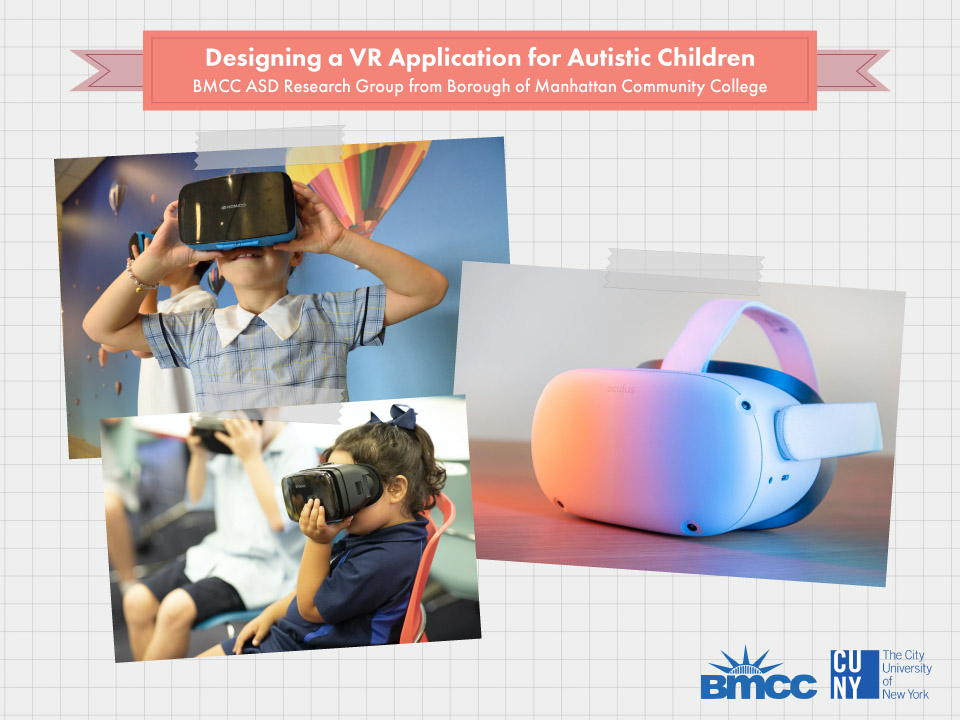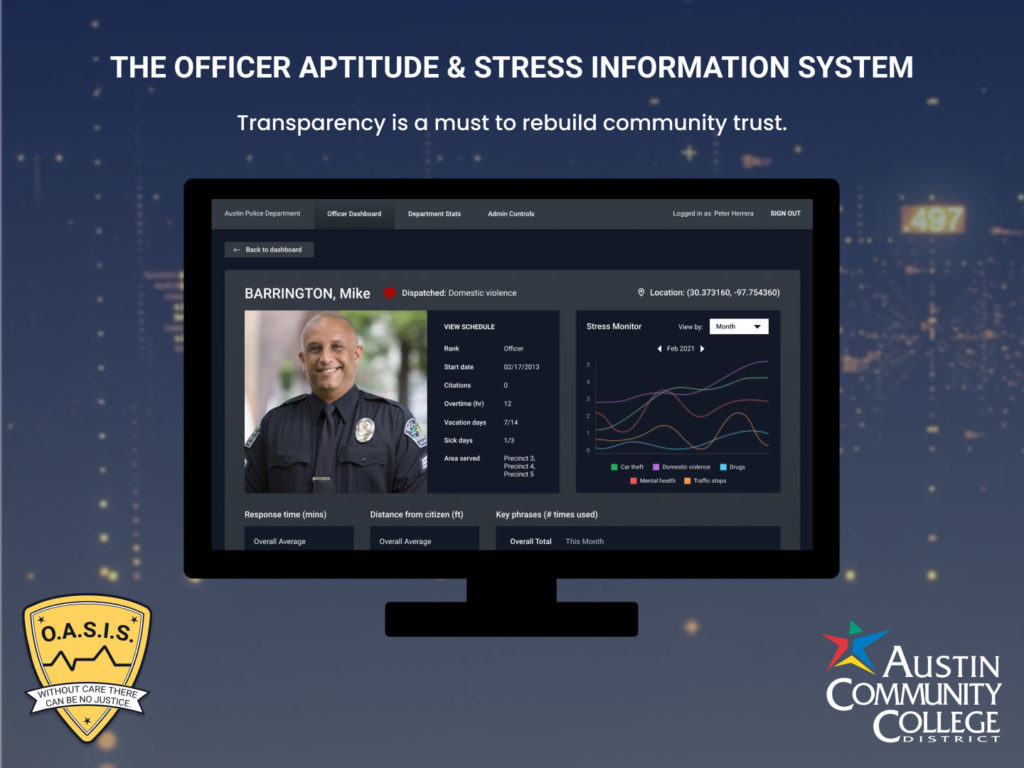The creativity and energy of community college students were evident throughout the showcases of the 2021 Community College Innovation Challenge held on Wednesday.
During the virtual sessions, the finalist teams described the innovations they designed to make positive differences in the world and answered questions from the audience of STEM and congressional stakeholders.
The 39 students on the competition’s 12 teams are a cross-section of the community college population nationally. Most teams had both men and women and were a mix of people of different races, ages and ethnicities who are pursuing degrees in a wide range of disciplines.
The four-person Nashua Community College (New Hampshire) team that created the concept for a biodegradable mask had a business and accounting major, a chemistry and biology major, and two computer engineering majors.
“I think that the diversity within our team really aided us in helping us work together because we had many different ideas, and we just blended well together to create our end product,” team member Nate Post said during the Q&A portion of his team’s showcase.
Deep talent
In his welcoming remarks Sethuraman Panchanathan, director of the National Science Foundation (NSF), talked about the STEM talent embedded in the nation’s community colleges.
“The 12 teams here today representing 11 states from across the country show just how strong the talent is. At NSF we are committed to ensuring that every student no matter who they are or where they come from is given an opportunity to thrive in a STEM career and a chance to contribute to our nation’s scientific enterprise. The future of world-class science will require talent drawn from every community of the United States because the best science is shaped by a wide range of perspectives and experiences,” he said.
Panchanathan thanked the American Association of Community Colleges (AACC) for partnering with NSF on the competition, which was reconfigured this year because of the pandemic. The new format retained the Boot Camp, the most dynamic aspect of the previous CCIC competitions. But instead of intensive work sessions in Washington, D.C., the finalists had multiple video conference meetings with entrepreneurs and business development professionals who offered guidance and training, and directed students to resources to help them make their innovations real.
The competition concluded on Thursday with pitch presentations to a panel of judges. Pasadena City College (California) won first place for its project on nano-bioconjugate immunotherapeutic. Borough of Manhattan Community College (New York) came in second for its idea for a virtual reality application to serve autistic children. In third was Austin Community College (Texas) for its project: OASIS – the Officer Aptitude & Stress Information System.
Words of encouragement
During his remarks before the students’ showcases on Wednesday, Panchanathan said, “Today’s event is just one example of the critical role that community colleges play in supporting and educating the next generation of STEM talent. I also want to thank the community college leaders and the many STEM supporters participating today – including senators and representatives from around the country. Your continued support for today’s STEM students will help to ensure that they become tomorrow’s STEM leaders, which is key to ensuring that our nation remains at the forefront of discovery and innovation.”

AACC President and CEO Walter Bumphus praised the CCIC participants for their efforts to develop transformative solutions for real-world problems.
“The students competing in the CCIC are leaders in innovation, and their uses of STEM solutions to benefit society are not only highly significant, but necessary in helping to secure a strong future,” he said.
The students also received praise and good wishes from their college presidents, entrepreneurs and several U.S. senators and representatives, who provided recorded statements. Steve Wozniak, co-founder of Apple, provided a detailed video message of encouragement to the students that touched on his experience as a student at De Anza College (California).
The CCIC projects offered solutions to real-world problems. Several focused on very small things with the goal of making big changes:
- The team from Pasadena City College (California) would like to use a nanoparticle of silver wrapped in gold to treat cancer at lower cost and with fewer side effects than radiation and chemo.
- Virginia Western Community College (Virginia) squad has a plan to use 3D printers to create customized replacement sections of dying coral reefs.
- The students from Tarrant County College (Texas) proposed a subscription service that would deliver mycelium from turkey tail mushrooms to commercial bee keepers. Chemicals that naturally occur in this type of mushroom can help bees defend against a virus spread by parasitic mites that can decimate bee colonies. “We have a goal to save the world, and we believe saving the world starts with saving the bees,” said student Rachel Grace Farver.
Other environmental problems are the target of other CCIC projects:
- The team from Columbus State Community College (Ohio) proposed developing smart recycling equipment that would pay students for depositing recyclables into ingenious compacting machines.
- The Itawamba Community College (Mississippi) team invented a filtration process that uses filters and UV light to purify rainwater so it is safe for humans to drink.
Other teams focused on making the world more comfortable for particular populations.

- Johnson County Community College designed a bench that allows people with mobility issues to move themselves from the driver’s seat along the exterior of a vehicle to retrieve a wheelchair from the trunk.
- Austin Community College developed a data analytics system for police departments that uses existing artificial intelligence to sort data quickly to match officers’ certifications and aptitudes with 911 callers’ needs.
- Borough Manhattan Community College (BMCC) devised a plan to use modules programmed into virtual reality headsets to teach life skills to people with autism, ranging from personal grooming to taking public transportation.
Fostering entrepreneurial skills
Interviewing potential users of the inventions and conducting other market research are among the tasks CCIC requires of teams in advance of the Boot Camp. Jay Desai, a member of the Bergen Community College’s team, said the customer discovery interviews clarified how much pick-up truck owners like their old vehicles and would value the cost savings from a kit that converts their engines from gasoline to electric.
Teams that developed products in response to Covid discussed the importance of the required research. The Nashua Community College team tested multiple materials in the process of developing a two-layer biodegradable face mask. Meanwhile, students from Henry Ford College incorporated lessons learned from various courses in developing a face mask that destroys corona viruses and other pathogens with UV light and nanoparticles within the fabric.
In the months when Covid restrictions closed the campus labs, the team from Ivy Tech Community College – South Bend-Elkhart (Indiana) talked about various approaches and researched online to develop their ideas for a small device that people could use at home to test themselves and their families for multiple viruses.
Although most of the teams did not have prototypes of their products – the competition required just detailed concepts – they all had visions for what they would like to roll out. And the CCIC Boot Camp provided them with more tools to make their visions happen.

